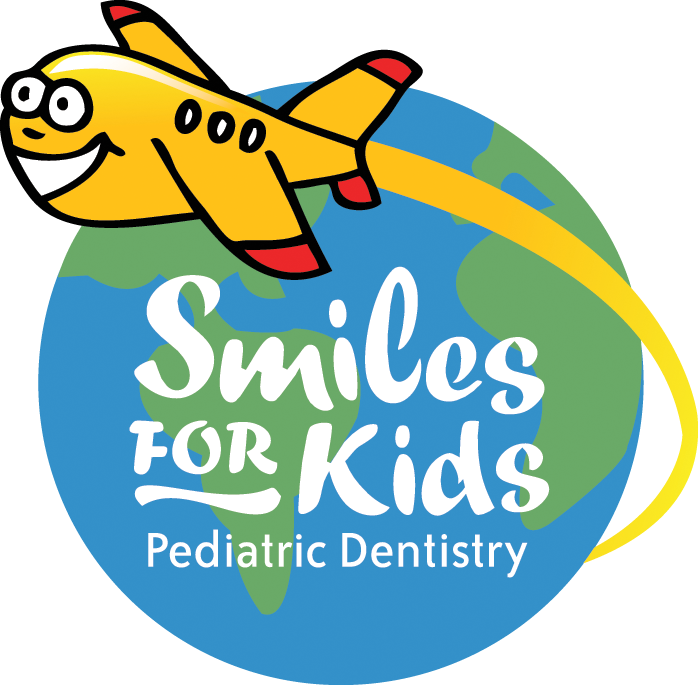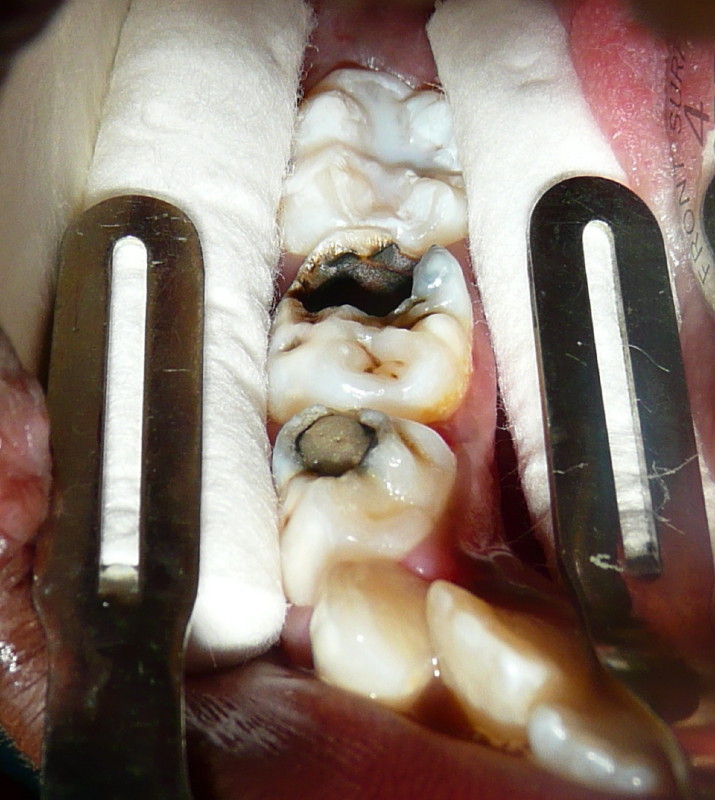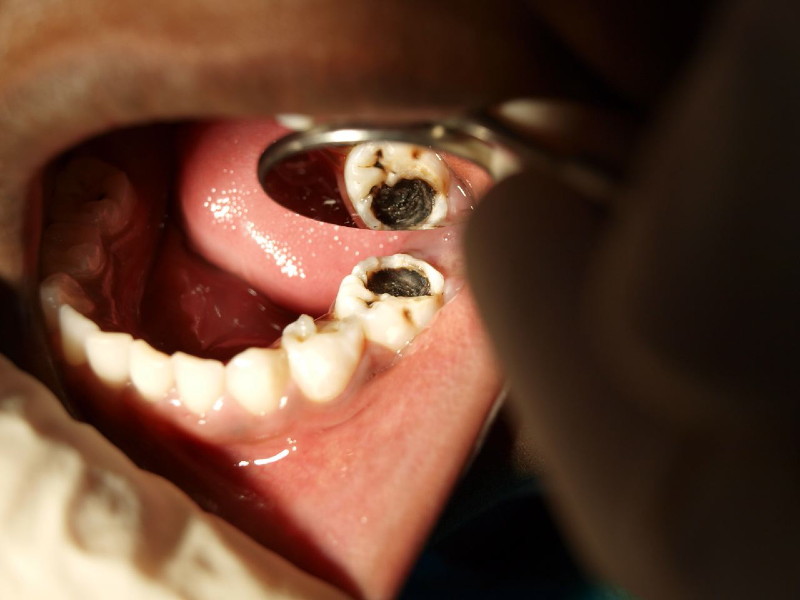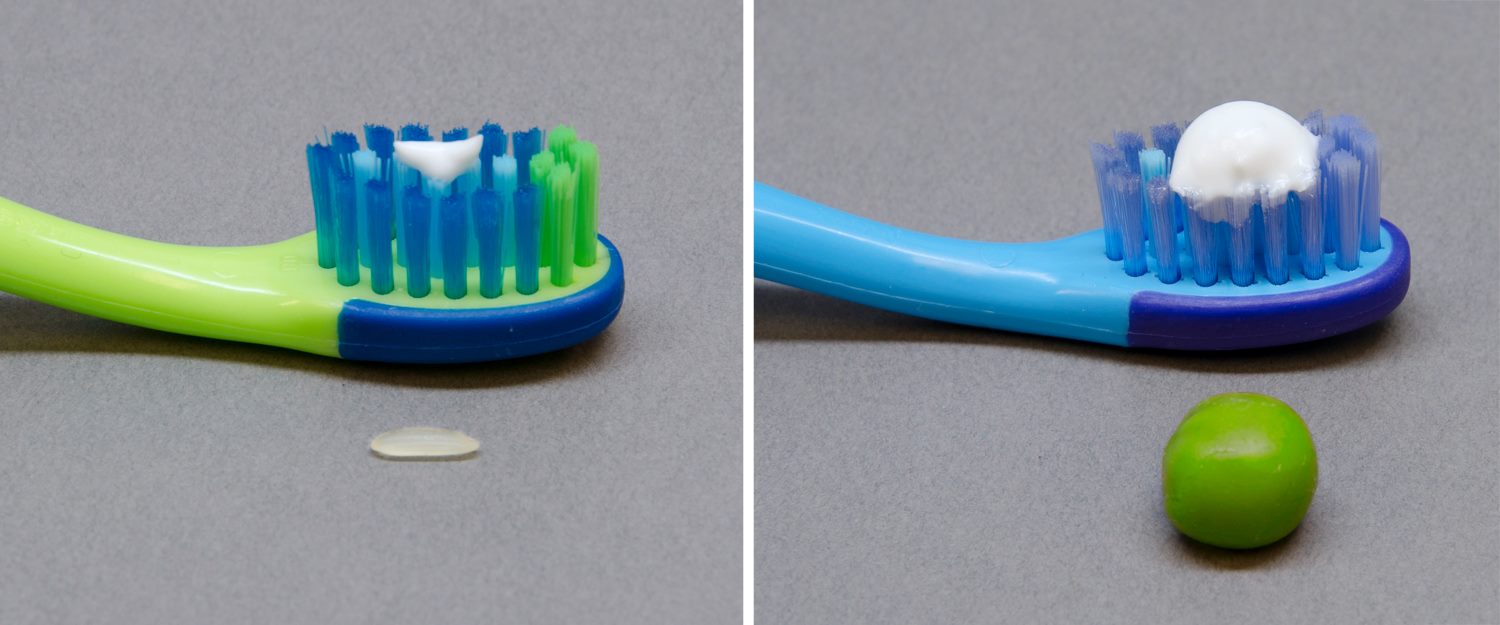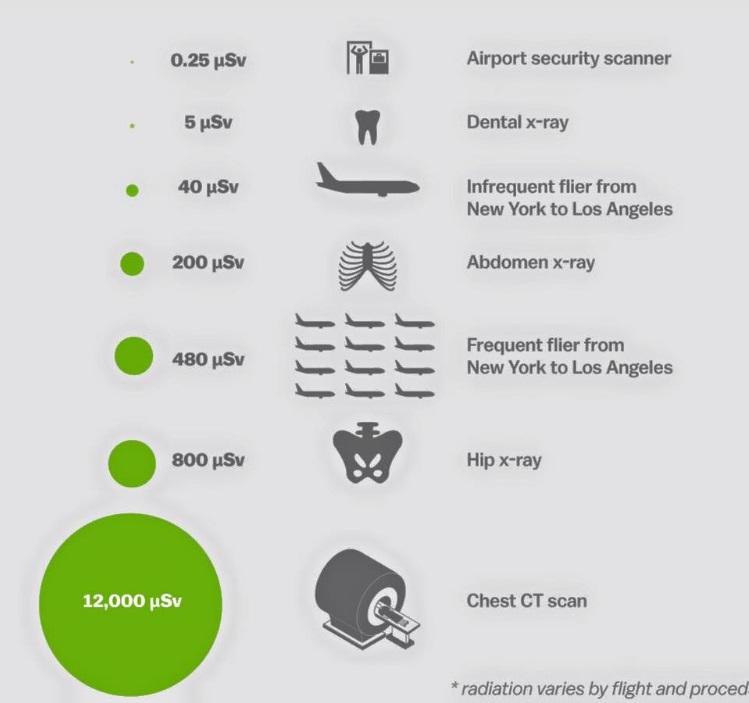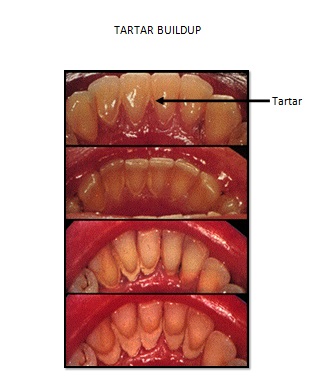For children with a crossbite, Dr. Lindhorst or Dr. Jadav may recommend a rapid palatal expander (also known as an RPE). Many cases result from a prolonged habit like thumb sucking or pacifier use, however some are idiopathic. Usually, it’s the result of the upper jaw being narrow. Here are a few common questions that we get asked about these appliances.
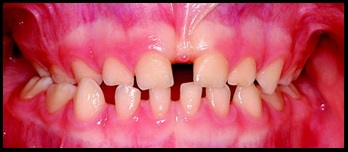
Why now?
The American Academy of Pediatric Dentistry recommends correcting a crossbite as early as behavior allows to help minimize issues with TMJ, skeletal asymmetries, changes in soft tissue growth, and wear of the teeth. All in all, it’s to help prevent bigger issues down the line.
How does it work?
The appliance helps widen the upper arch to help correct the crossbite. Below is a schematic that explains the before and after.
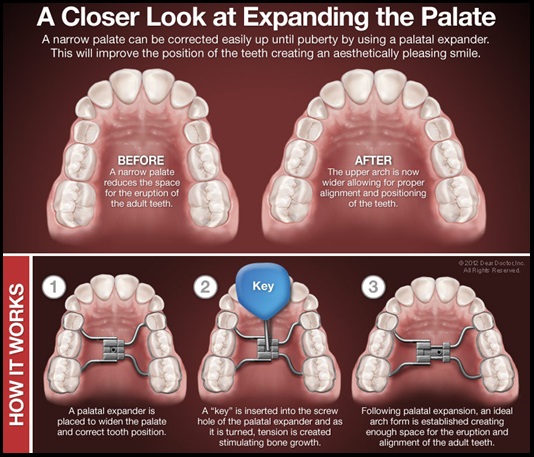
How does it work?
The first appointment consists of fitting bands and taking impressions. Bands come in all sizes and we have to find the right size for two teeth that serve as anchors. After they are fit, molds are taken of the upper and lower teeth. We send the impressions and bands to the lab where they will make a custom RPE for the patient.
At the second appointment, we will try in and cement the new appliance with semi-permanent cement. Parents will be instructed when and how to turn the expander daily with the “key”. Every child has a different “prescription” based on the degree of crossbite.
At the third appointment (which is usually about 2 weeks later), we check on progress of expansion. Dr. Lindhorst or Dr. Jadav will then decide whether to keep turning or stop turning. If they want to keep turning, they will let you know how many turns for how many days and when to return.
Once we have the desired expansion, we will keep the RPE in the mouth for at least 6 months so that the teeth do not rebound and go back to old positioning.
Will it hurt?
Due to the fact that we are expanding the bone and moving teeth, there is some soreness that results. However, most all of our patients tolerate it quite well. When the kids are younger, the suture has not filled in with bone, which makes the whole process much easier. During the active movement time, we recommend giving over the counter pain medications if needed. We always tell parents that it takes about a week for the speech to adjust.
Do they have to do anything differently in terms of hygiene or diet?
Yes! More time will need to be dedicated to cleaning the appliance and the teeth. Also, in terms of diet, we recommend staying away from chewy/sticky foods and foods that are especially crunchy. After all of that hard work, we don’t want the RPE to break! We will give you a pamphlet that goes into detail about what foods you need to avoid while you have the appliance.
I hope that helps answer some common questions about the RPE!
Dr. Jadav
Smiles for Kids Pediatric Dentistry
